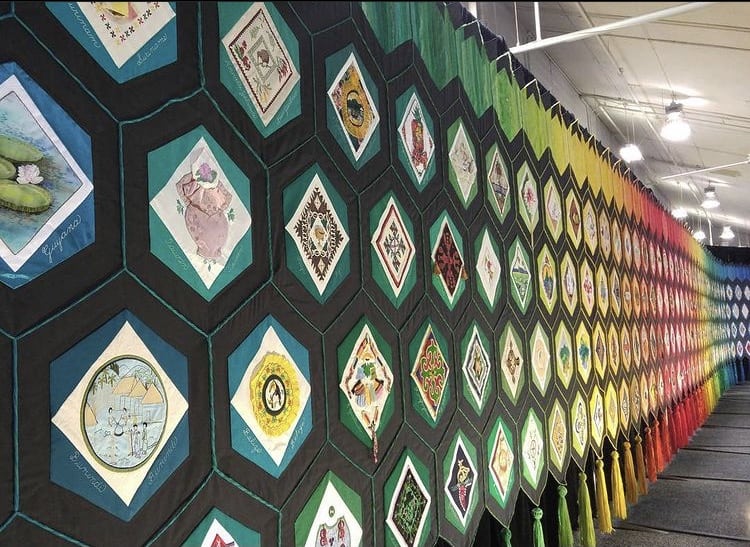
Learning history is how we dismantle negative stereotypes about different ethnic groups.
I have been living in Canada for most of my life. However, at a first glance, myself and many immigrants and people of colour are categorized as “other,” as if no matter what we do, we will never belong in this country.
We often don’t realize how much of an impact small statements can have over a long period of time — just take a look at the kind of hatred and fear that Trump’s divisive words on race and immigrants have spread in America. But being dismissed as “other,” a.k.a. not Canadian-born, is a big deal because it is the tip of the iceberg of hateful rhetoric towards different ethnic groups.
This kind of hatred is also present in Canadian universities. In September this year, Ryerson University’s the Eyeopener published a feature on the university’s inaction against a student making racist and anti-immigrant claims. What baffles me is that while something like academic dishonesty — which I agree must be taken seriously — can be met with immediate punishment, spreading hateful messages that may prompt harmful actions, putting many students at risk, is not.
Knowing this can make those of us longing for change feel hopeless — if an institution that values students won’t take the action to protect everyone, then what kind of support do we have?
However, we can all do our part to change this reality by learning about each others’ histories.
History is a powerful tool to help us overcome negative stereotypes about ethnic groups. Taking the time to explore the past of a different culture will help us find another angle for viewing people we consider to be “other” and ultimately change our negative assumptions about a particular group.
In order to learn about someone else’s history, you must first have an open mind. That doesn’t mean forgetting everything you know and replacing it with new information. Instead, you need to accept that what you learn might challenge your worldview, and be prepared to use those different ideas to better understand the world.
Second, you must find reliable and authentic sources of information. Oftentimes, it is a lack of information that pushes people to the easier choice — relying on prejudice and stereotypes.
Instead of just settling for the internet, talk to people and look for books on the group you want to learn more about. You can watch documentaries, read news articles or even talk to a student group on campus that represents a particular ethnic group — just make sure you’re not taking anything from sources you know are infamous for misrepresentation.
Lastly, be persistent. You don’t want to put all the effort in just to regress back to misinformed perspectives. Being consistent with how you view a changing world might sound a bit counterintuitive, but all you have to do is keep an open and questioning mind so you can continue learning.
All of this learning can provide a fascinating and critical perspective on the world around us. By influencing how we portray different groups in the media and our minds, history has the power to make incredible change.
As post-secondary students, we should take on the responsibility to learn about new perspectives and value the richness that they bring to our own understanding of the world. It is critical that we take the time now to learn about different histories so no one is viewed as “other” again.
—
Fiza Baloch | Staff Writer
Photo: Instagram | @bara.ara.frey